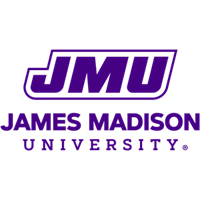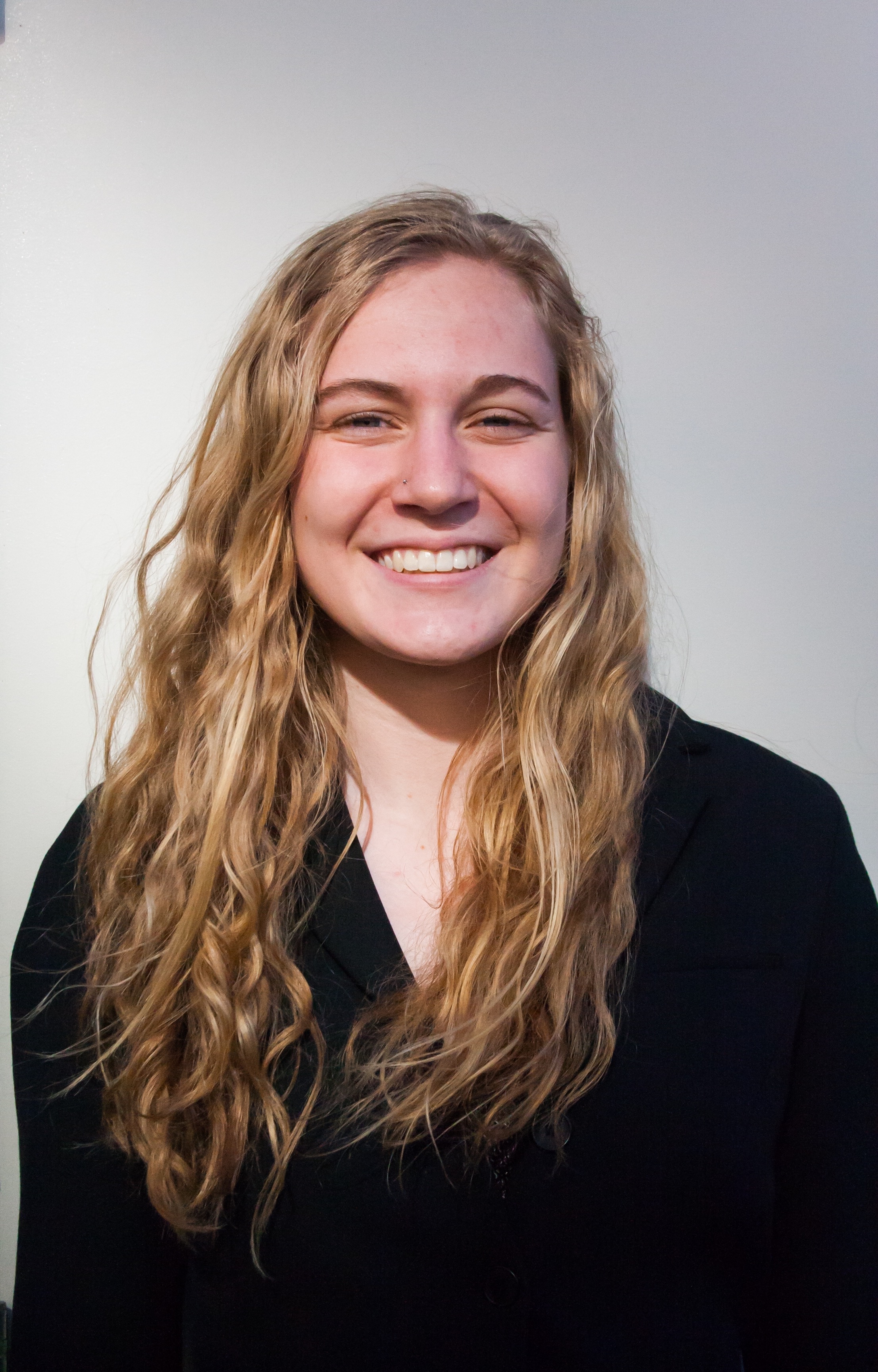Below is a summary of the abstract you submitted. Presenting author(s) is shown in bold.
If any changes need to be made, you can modify the abstract or change the authors.
You can also download a .docx version of this abstract.
If there are any problems, please email Dan at dar78@pitt.edu and he'll take care of them!
This abstract was last modified on May 5, 2017 at 8:30 p.m..

TattModd is an AK cluster bacteriophage isolated from Harrisonburg, VA on an Arthrobacter host. The TattModd genome is 43,546bp in length and encodes 62 genes. The TattModd genome includes structural genes in the left arm, genes for DNA replication and nucleotide metabolism, and then several reverse genes near the right end of the genome. Arthrobacter was selected as a host over Mycobacterium because of a perceived higher likelihood of discovering a singleton phage. As this turned out not to be the case, we then chose to investigate the probability of finding substantially novel phages with each of the seven most commonly used hosts in the SEA-PHAGES program.
The SEA-PHAGES database houses the complete genomic sequences of 1,983 bacteriophages. The majority of these phages (69% of the total) were isolated on Mycobacterium smegmatis. Phages have also been isolated on Arthrobacter (7.6%), Gordonia (9.4%), Microbacterium (2.2%), Propionibacterium (3.2%), Rhodococcus (2.6%), and Streptomyces (5.6%). The phages of these seven hosts are largely genetically distinct from one another. Comparisons between the seven datasets reveal substantial differences in their genetic diversity. For instance, 21.2% of Rhodoccus phages are singletons, while just 0.44% of Mycobacteriophages are singletons. This difference may be partially attributable to the relatively greater sampling of Mycobacteriophages relative to Rhodococcus phages, however differences are also evident when comparing similarly sized phage populations. For instance, just 1.3% and 1.6% of Arthrobacter and Propionibacterium phages, respectively, are singletons. As another measure of phage diversity, we compared the total number and sizes of (sub)clusters containing phages of each of the seven aforementioned hosts. Mycobacteriophages belong to the greatest number of these (71), while Propionibacterium and Rhodococcus phages each assort into just 3 clusters (excluding singletons). However, Mycobacterium and Propionibacterium clusters tend to be large, averaging 17.8 and 15.8 phages each. Smaller clusters indicate greater genomic diversity, greater sampling diversity, or both. By this metric, Microbacterium, Gordonia, Rhodococcus, and Streptomyces phages are similarly highly diverse, with cluster sizes averaging < 4.1 each. Arthrobacter phage clusters are intermediate, with an average size of 10.1 phages. For those wishing to isolate substantially unique phages, Microbacterium, Gordonia, Rhodococcus, and Streptomyces are excellent hosts. Rhodococcus and Propionibacterium, although still poorly sampled, appear to be hosts to a less diverse phage pool. Mycobacterium, while a host for a richly diverse set of phages, has already been well sampled and further efforts to isolate phages on this host would benefit from altering experimental conditions.

